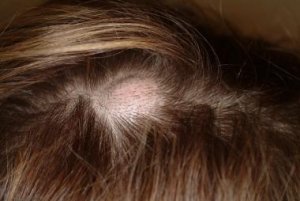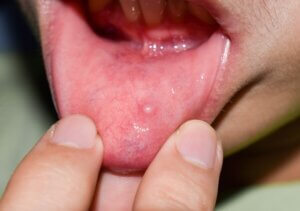Cyst Treatments from U.S. Dermatology Partners
What Are Skin Cysts?
Cysts are pockets of tissue (sacs) that may become filled with pus, fluids, skin cells, and even air.
They are fairly common on the skin and can appear anywhere on the body. Cysts may feel like a pea under the surface of the skin, but without removal, they can grow significantly larger over time. In most cases, cysts are not painful, and they grow slowly. There are different types of cysts as we’ll discuss in the next section, and the vast majority of these skin growths are benign (not cancerous). Not all cysts will require treatment, but it is vitally important to have any lump under the skin evaluated and diagnosed by a board-certified dermatologist because some soft tissue malignancies (growths that are cancerous) can present like a cyst. Before recommending removal or other cyst treatments, your dermatologist will examine the growth to determine whether it is likely to cause you pain, become infected, or otherwise lead to skin health issues.
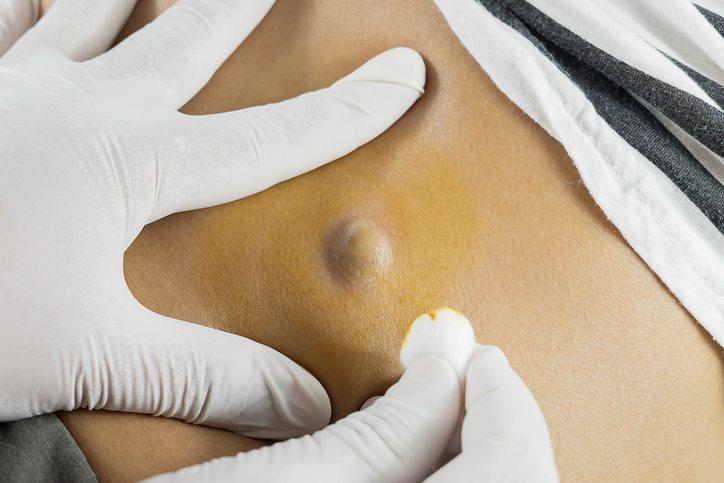
Skin cysts, which can appear anywhere on the body, are usually painless and grow slowly.
Find This Service Near You
Are There Different Types of Skin Cysts?
There are many different types of cysts, and each will impact your body differently. The vast majority of cysts are completely harmless and don’t need to be removed, but others do require treatment. In some cases, cysts are related to other skin or whole-body health conditions, so it never hurts to have them examined by a dermatologist.
Some of the most common types of skin cysts include:
Epidermoid Cysts
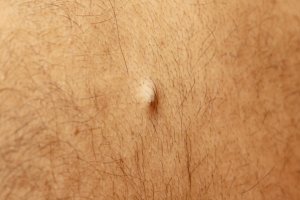
Sebaceous Cysts
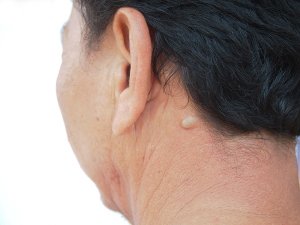
Ganglion Cysts
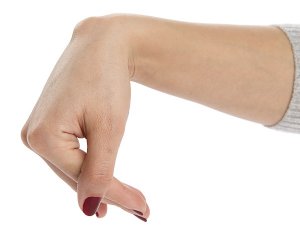
Breast Cysts

Chalazia Cysts
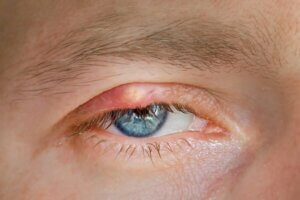
Pilonidal Cysts
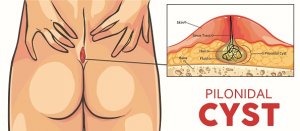
Bakers Cysts
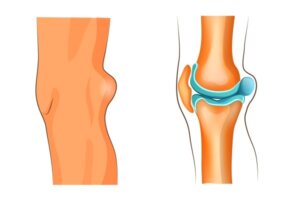
Cystic Acne
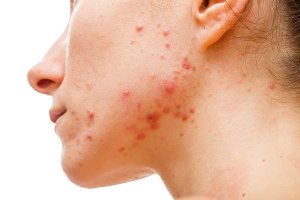
Pilar Cysts
Pilar cysts (also known as Trichilemmal Cysts) are a form of cyst that develops within the hair follicle. In many cases, these cysts form on the scalp. Pilar cysts typically fill with keratin, which is what hair and fingernails are made from.
Mucous Cysts
Mucous cysts (also called mucocele) are cysts that form around the mouth. Typically, mucous cysts develop when the salivary glands are damaged or clogged due to biting the cheek or lip, receiving a piercing, being injured in a sports accident, practicing ineffective oral hygiene, or any other situation where the salivary gland may be damaged.
Who Is at Risk for Cysts?
Anyone can get a cyst at any age. Typically, cysts are caused by infection, clogged oil glands, or inflammation around a foreign body such as a piercing or ingrown hair. Each type of cyst listed above and all of the many types of cysts that weren’t specifically listed here have their own unique causes. If you develop a cyst, a dermatologist will talk to you about the cause and any potential steps you can take to prevent cyst formation in the future.
What are the Symptoms of Cyst Development?
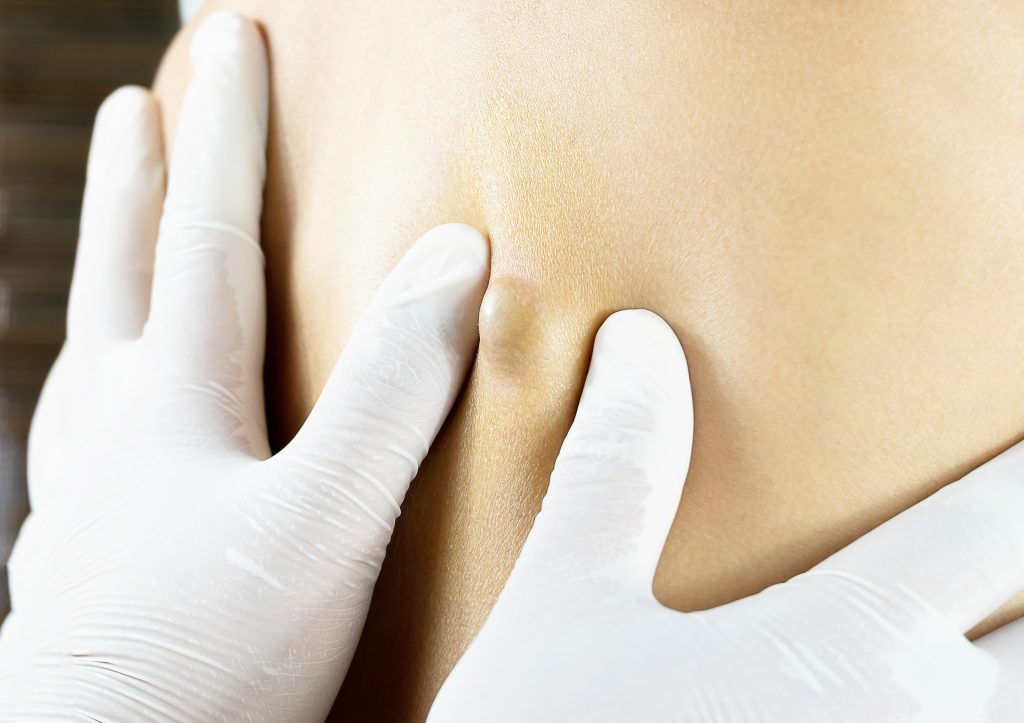
A soft tissue growth could also be a lipoma. Unlike cysts, lipomas are made up of fat cells in the dermis. Lipomas are not harmful, but if the growth becomes too large, it can become painful. Lipomas, like cysts, can also be removed for cosmetic reasons.
What are the Treatment Options for Skin Cysts?
Cysts typically will not go away on their own, but because they do not usually cause pain, some cysts are left untreated.
There are many reasons you may choose to have a cyst removed, including:
- To prevent it from becoming infected
- Because it is uncomfortable
- For cosmetic reasons
- If it impedes or limits movement
- If the cyst is negatively impacting blood flow
- When the cyst places pressure on nerves, causing pain
If a cyst ruptures, becomes infected or causes pain, it can be drained or removed surgically. Some types of cysts can also be treated with an injection of cortisone, which will cause the cyst to shrink. Other cysts require topical or oral antibiotic therapy. It’s important to seek professional treatment for cysts rather than attempting to remove them at home. Because these growths are encased in sacs, “popping” will not effectively remove them. Instead, the sac will refill. By creating an open wound, you increase your risk of infection. For this reason, you should always partner with a dermatologist to remove the entire cyst, including the sac.
Can Cysts be Prevented?

What are the Side Effects or Long Term Effects of Cyst Treatment?
In most cases, a dermatologist can remove your cyst under local anesthesia with minimal discomfort. They will do their utmost to create minimal scarring in the process of removing the cyst. After the lump is removed, you may notice some swelling, and you’ll need to keep the surgical site clean as it heals. In most cases, the cyst removal site heals completely within just a few weeks.
Is Skin Cyst Treatment Permanent?
If a dermatologist surgically removes a cyst and its sac, it will not usually reform. Even if a cyst doesn’t refill, some people are more prone to cyst formation than others. For this reason, if you develop one cyst, you may be more likely to develop more.
*Results may vary by individual

